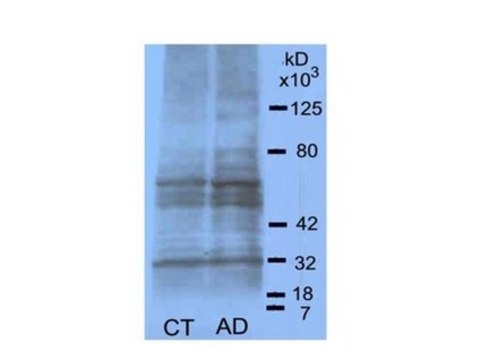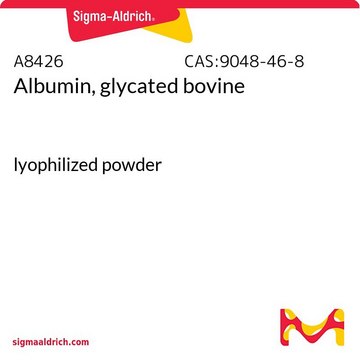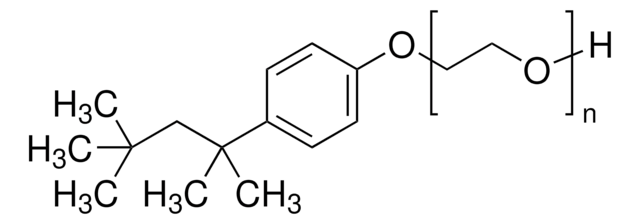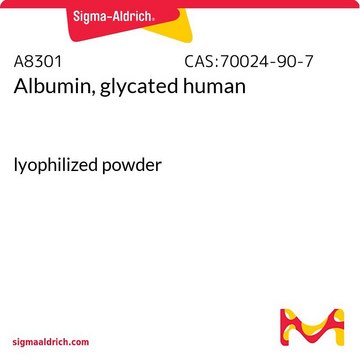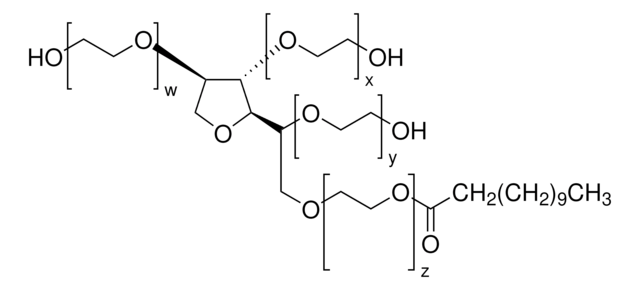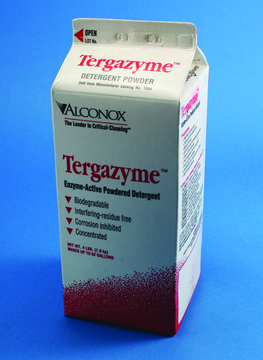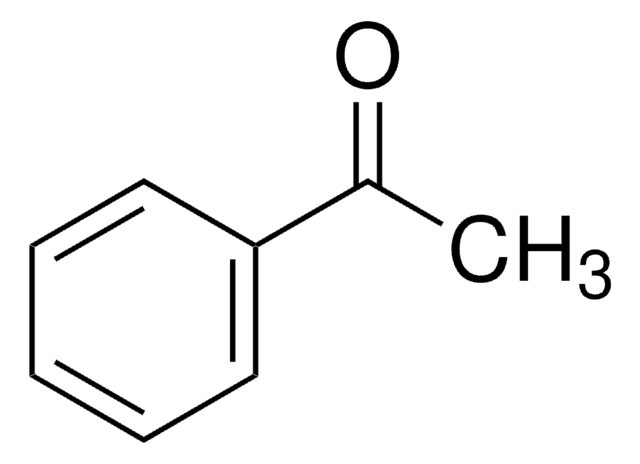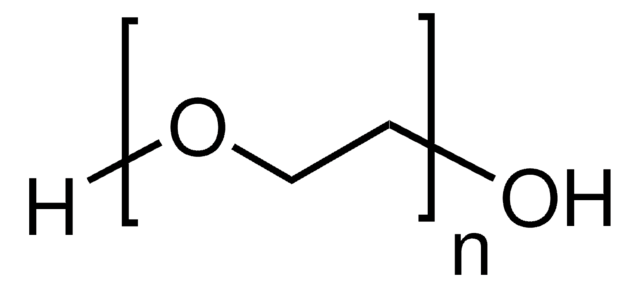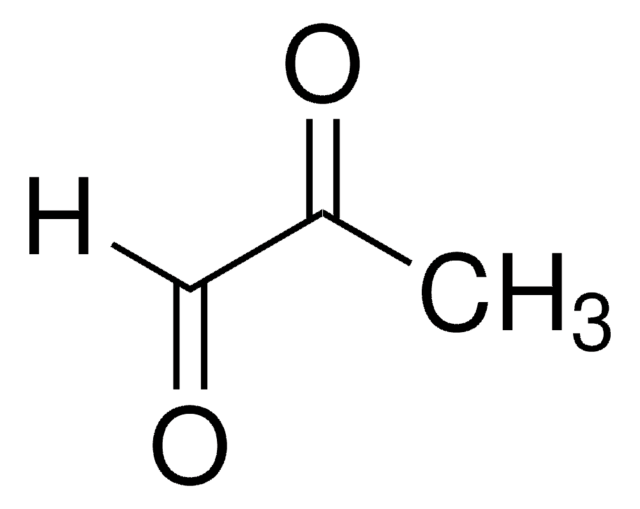121800-M
Advanced Glycation Endproduct-BSA
AGE-BSA has been reported to induce apoptosis in cultured human umbilical vein endothelial cells and inhibit nitric oxide synthase activity in proximal tubular epithelial cells.
Synonym(s):
AGE-BSA
Sign Into View Organizational & Contract Pricing
All Photos(1)
About This Item
UNSPSC Code:
12352202
NACRES:
NA.25
Recommended Products
Quality Level
Assay
≥95% (SDS-PAGE)
form
liquid
manufacturer/tradename
Calbiochem®
storage condition
OK to freeze
avoid repeated freeze/thaw cycles
storage temp.
−70°C
General description
Prepared by reacting BSA with glycoaldehyde under sterile conditions. Glycated-BSA shows a 5,000 - 10,000% increase in fluorescence as compared to normal BSA (confirmed by fluorescence spectrophotometry, excitation/emission 370/440 nm). AGE-BSA has been reported to induce apoptosis in cultured human umbilical vein endothelial cells and inhibit nitric oxide synthase activity in proximal tubular epithelial cells. Advanced glycation end products and their receptors have been implicated in the pathogenesis of diabetes, induction of proinflammatory cytokines, and stimulation of smooth muscle proliferation, and fibronectin production.
Prepared by reacting bovine serum albumin (BSA) with glycoaldehyde under sterile conditions. Fluorescence of AGE-BSA is confirmed by fluorescence spectrophotometry, excitation/emission = 370/440 nm. Glycated BSA shows a 5000-10,000% increase in fluorescence compared to control BSA. AGE and their receptors have been implicated in the pathogenesis of diabetes, induction of pro-inflammatory cytokines, and stimulation of smooth muscle proliferation and fibronectin production. AGE-BSA has also been shown to induce apoptosis in cultured human umbilical vein endothelial cells (HUVEC) and inhibit nitric oxide synthase activity in proximal tubular epithelial cells of the kidney.
Warning
Toxicity: Standard Handling (A)
Physical form
In sterile-filtered PBS.
Other Notes
Okamoto, T., et al. 2002. Microvasc. Res.63, 186.
Ohgami, N., et al. 2001. J. Biol. Chem.276, 3195.
Wang, R., et al. 2001. J. Nippon Med. Sch.68, 472.
Sakata, N., et al. 2000. J. Atheroscler. Thromb.7, 169.
Verbeke, P., et al. 2000. Biochim. Biophys. Acta1502, 481.
Farboud, B., et al. 1999. Mol. Vis.5, 11.
Huang, J.-S., et al. 1999. Biochem. J.342, 231.
Min, C., et al. 1999. Diabetes Res. Clin. Pract.46, 197.
Neumann, A., et al. 1999. FEBS Lett.453, 283.
Stitt, A.W., et al. 1999. Biochem. Biophys. Res. Commun.256, 549.
Nazaimoon, W. and Bak, K. 1998. Malays. J. Pathol.20, 83.
Ohgami, N., et al. 2001. J. Biol. Chem.276, 3195.
Wang, R., et al. 2001. J. Nippon Med. Sch.68, 472.
Sakata, N., et al. 2000. J. Atheroscler. Thromb.7, 169.
Verbeke, P., et al. 2000. Biochim. Biophys. Acta1502, 481.
Farboud, B., et al. 1999. Mol. Vis.5, 11.
Huang, J.-S., et al. 1999. Biochem. J.342, 231.
Min, C., et al. 1999. Diabetes Res. Clin. Pract.46, 197.
Neumann, A., et al. 1999. FEBS Lett.453, 283.
Stitt, A.W., et al. 1999. Biochem. Biophys. Res. Commun.256, 549.
Nazaimoon, W. and Bak, K. 1998. Malays. J. Pathol.20, 83.
Legal Information
CALBIOCHEM is a registered trademark of Merck KGaA, Darmstadt, Germany
Storage Class Code
12 - Non Combustible Liquids
WGK
WGK 2
Flash Point(F)
Not applicable
Flash Point(C)
Not applicable
Regulatory Information
新产品
Certificates of Analysis (COA)
Search for Certificates of Analysis (COA) by entering the products Lot/Batch Number. Lot and Batch Numbers can be found on a product’s label following the words ‘Lot’ or ‘Batch’.
Already Own This Product?
Find documentation for the products that you have recently purchased in the Document Library.
Our team of scientists has experience in all areas of research including Life Science, Material Science, Chemical Synthesis, Chromatography, Analytical and many others.
Contact Technical Service